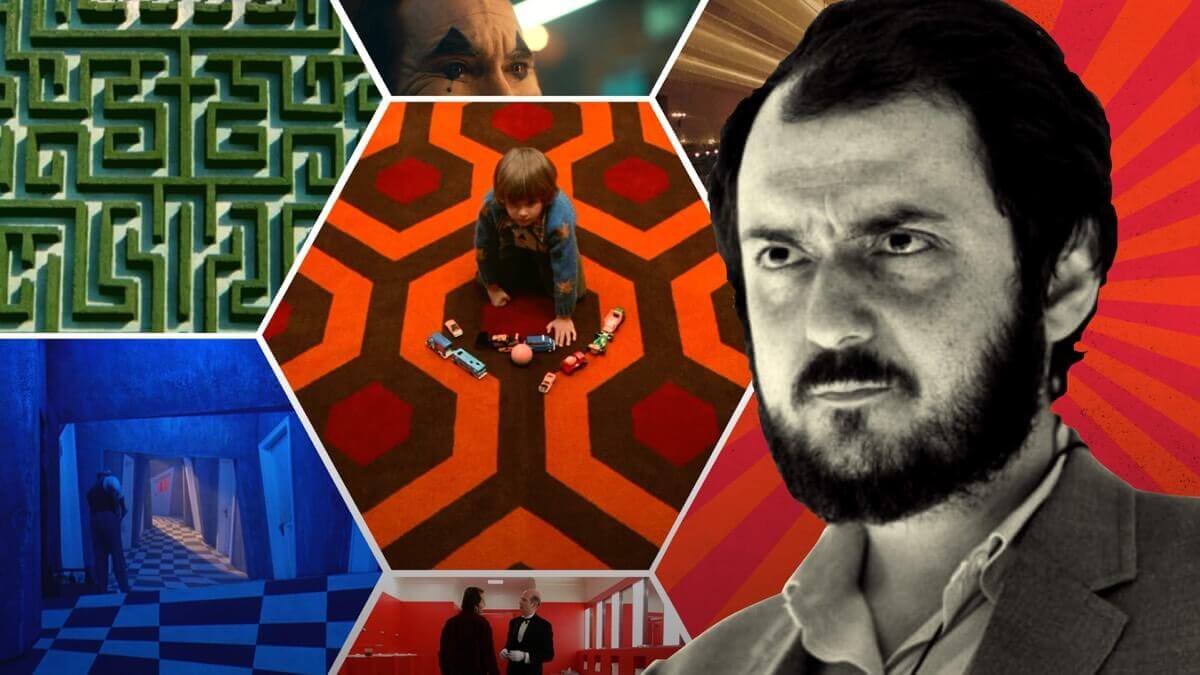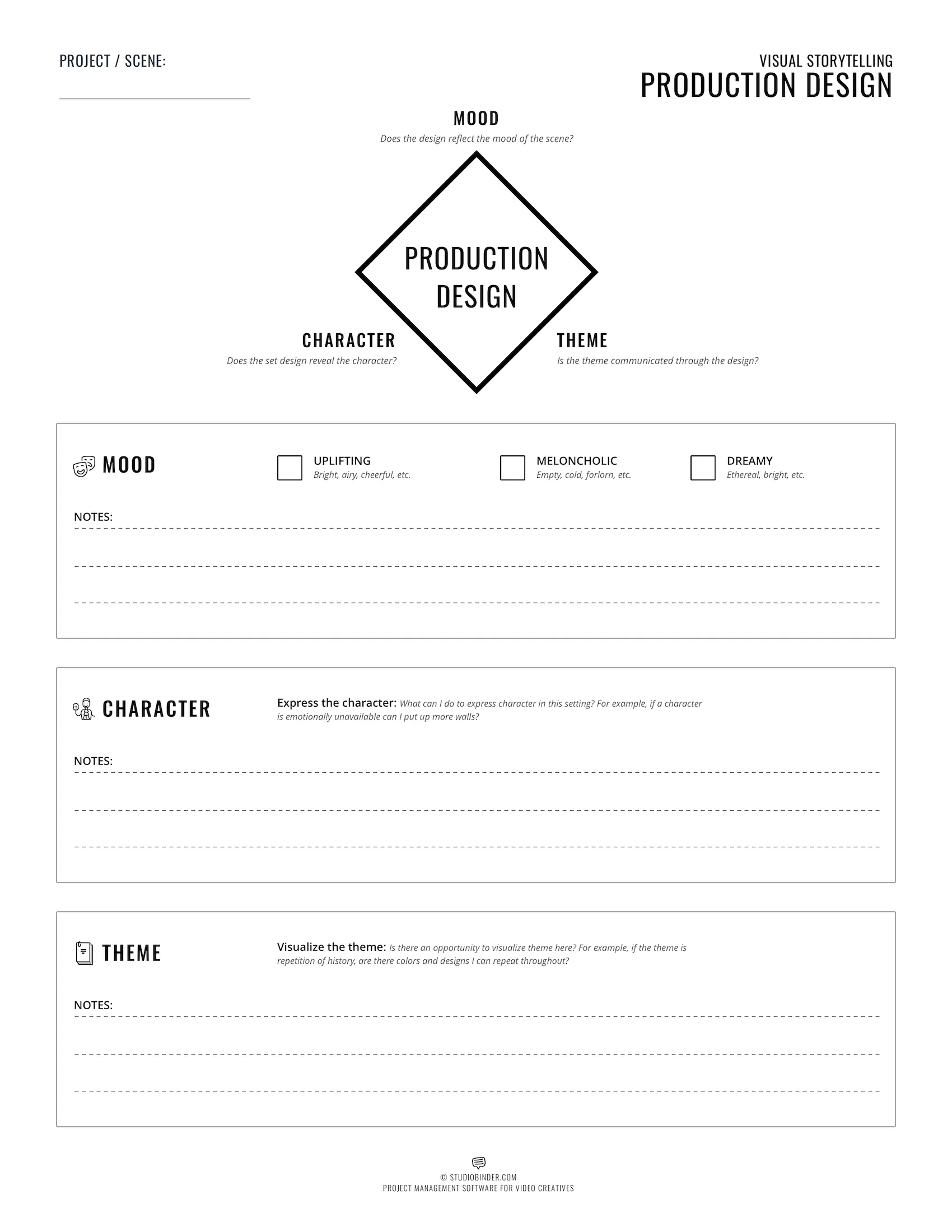Mise en scène. It’s a fancy looking phrase that you’ve seen floating around many film-related articles, carrying with it an immediate sense of snobbery. Don’t worry, you’re not the first person to ask “what is mise en scene?” After today, you’ll have a better sense of this concept and its fundamentals so you can apply it in your next project.
Mise en Scene in Film
How to define mise en scène in film
Mise en scene can be a complex idea to wrap your mind around. It is both highly nuanced and highly subjective. As we break this concept down, however, the basic strategy is simple — how can you create the most "meaningful" image?
Before we get into the nitty gritty, we'll start with a mise en scene definition. Then we'll look at the films of Wes Anderson to see how he has made "attention to detail" a fine art.
Mise En Scene DEFINITION
What is mise en scène?
Mise en scène is the arrangement of scenery and stage properties in a play. Translated from French, it means "setting the stage" but, in film analysis, the term mise en scene refers to everything in front of the camera, including the set design, lighting, and actors. Mise en scene in film is the overall effect of how it all comes together for the audience.
Mise en scene elements include:
- Sets
- Props
- Lighting
- Costumes
- Actor blocking
- Shot composition
Yet there’s no denying the importance of mise en scene in film. When properly used, it elevates film from a series moving pictures to an art form with purpose. Something bursting with atmosphere and emotion that pulls viewers in and doesn’t let go.
For some of the best examples of mise en scene in film, let's take a look at a modern director who has truly created his own signature style.
This is, of course, the Wizard of Whimsy himself: Wes Anderson.
Mise en Scène Analysis
Let Mr. Anderson define mise en scène
From his early film Bottle Rocket to The French Dispatch, Wes Anderson has consistently been a top-notch world builder. This is largely due to the director’s unique method of visual storytelling. Let's watch Mr. Anderson talk us through his approach to filmmaking.
Wes Anderson Director's Chair • Subscribe on YouTube
There is an unmistakable "Wes Anderson style" in all his work. Precise detail following the rules of shot composition, absurd characters and vivid use of color theory. In fact, Anderson's active use of mise en scene comes through his rather sophisticated application of colors.
Anderson's worlds are often explosions of color — bright and saturated and expressive. But when you realize that his characters are often depressed, traumatized or even suicidal, these color choices complicate the tone in really interesting ways. Here's a video breakdown that highlights some of the best examples of mise en scene in film, courtesy of Wes Anderson and his color design.
Mise en Scene How to Use Color Like Wes Anderson • Subscribe on YouTube
Let's talk about the major mise en scene elements. Then we’ll discuss how Wes Anderson uses them to make movies so original they can best be described as, well: Wes Anderson-y.
MISE EN SCENE ELEMENTS
Mise en scène and production design
Production design is an umbrella term that covers every element to a film's "look." This includes the set designsand locations, the props, the characters' costume and make-up, etc. This all falls under the Production Designer's job description.
Here's a video from our masterclass on Filmmaking Techniques that highlights the power of production design.
Visual Storytelling with Production Design • Join the Masterclass
By working with the Production Designer, the director uses the set design to create the world of the scene. All of this work is done during Pre-Production and requires planning and consideration between multiple departments.
Pre-Production allows you the time to organize and consolidate your ideas on how production design can be aimed towards the best mise en scene for your project. Follow the image link to download the following worksheet to get those ideas out of your head and onto the page.
One filmmaker who has made his entire career from outstanding production design is Tim Burton. His style is unique, striking, and full of personality. Here's a video breakdown of the theatrical mise en scene found in the work of Tim Burton.
Tim Burton Production Design • Subscribe on YouTube
Wes Anderson's bread and butter is also production design. In keeping with the dollhouse metaphor, Anderson’s set design depicts how detailed his characters are. For example, bedrooms are designed to be a physical representation of the person who lives in it.
The Royal Tenenbaums does this very well. When introduced to the three Tenenbaum children, we don't need the narration to know what these kids are all about.
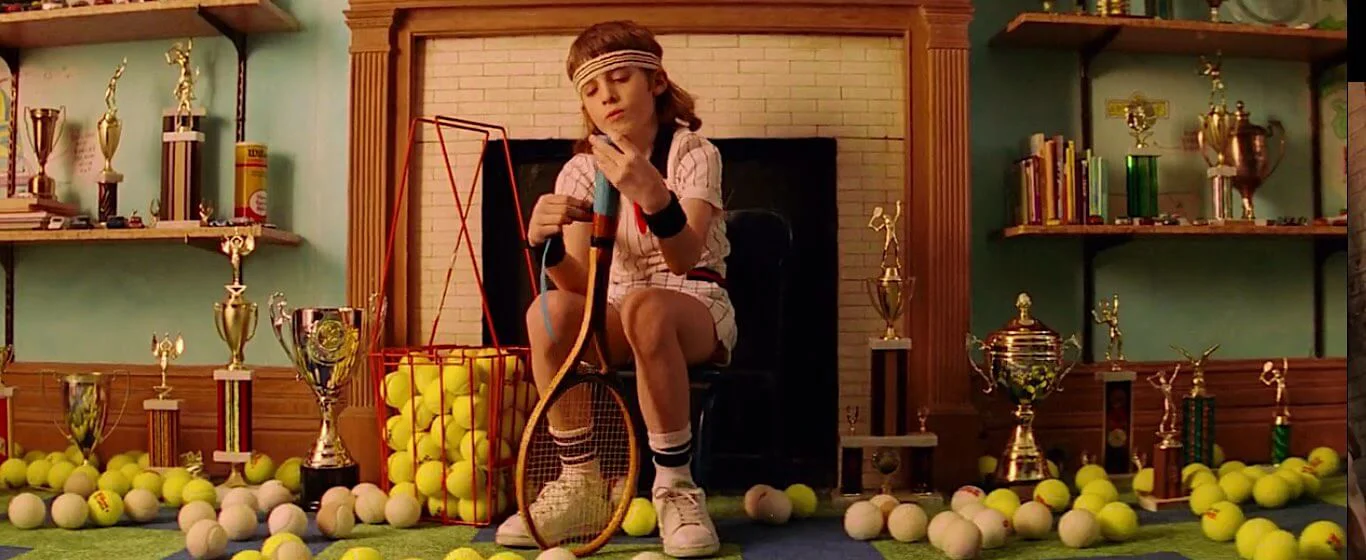
The Athlete has his tennis equipment...
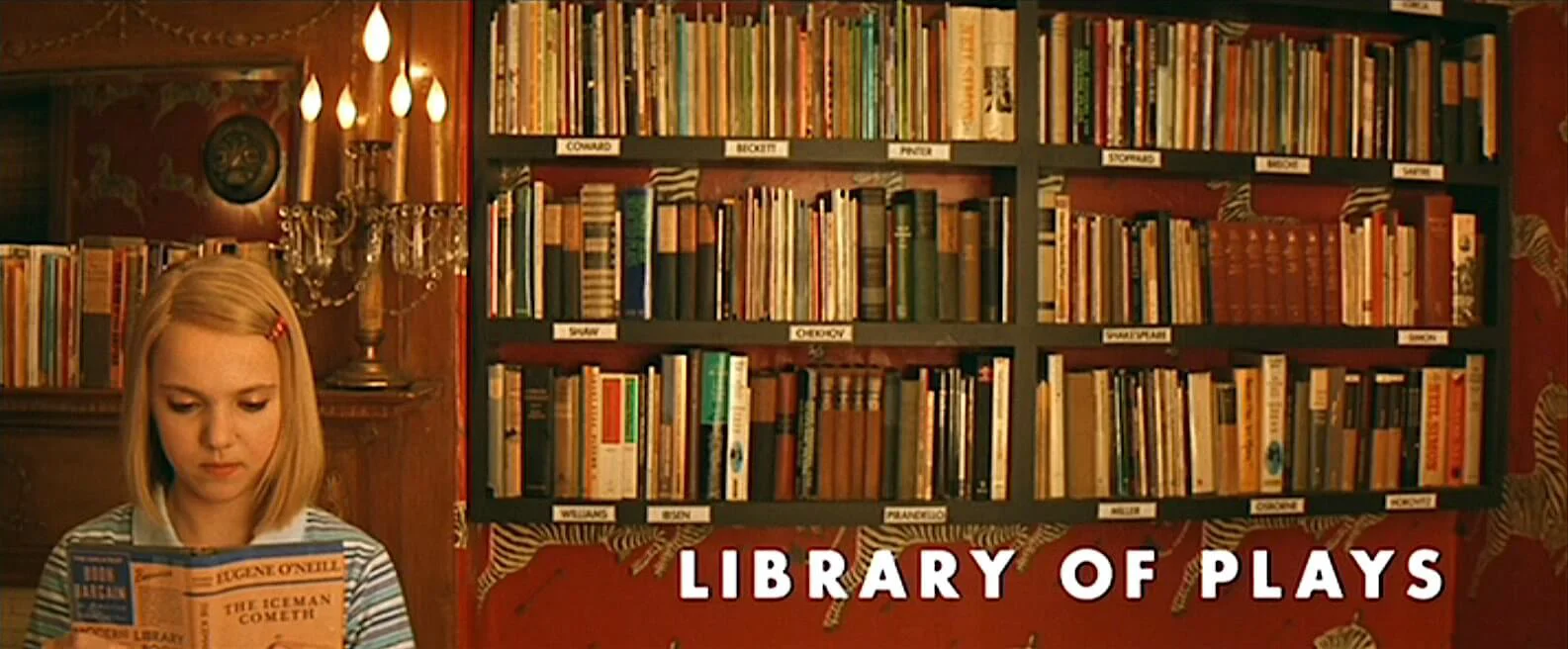
The writer has her library...
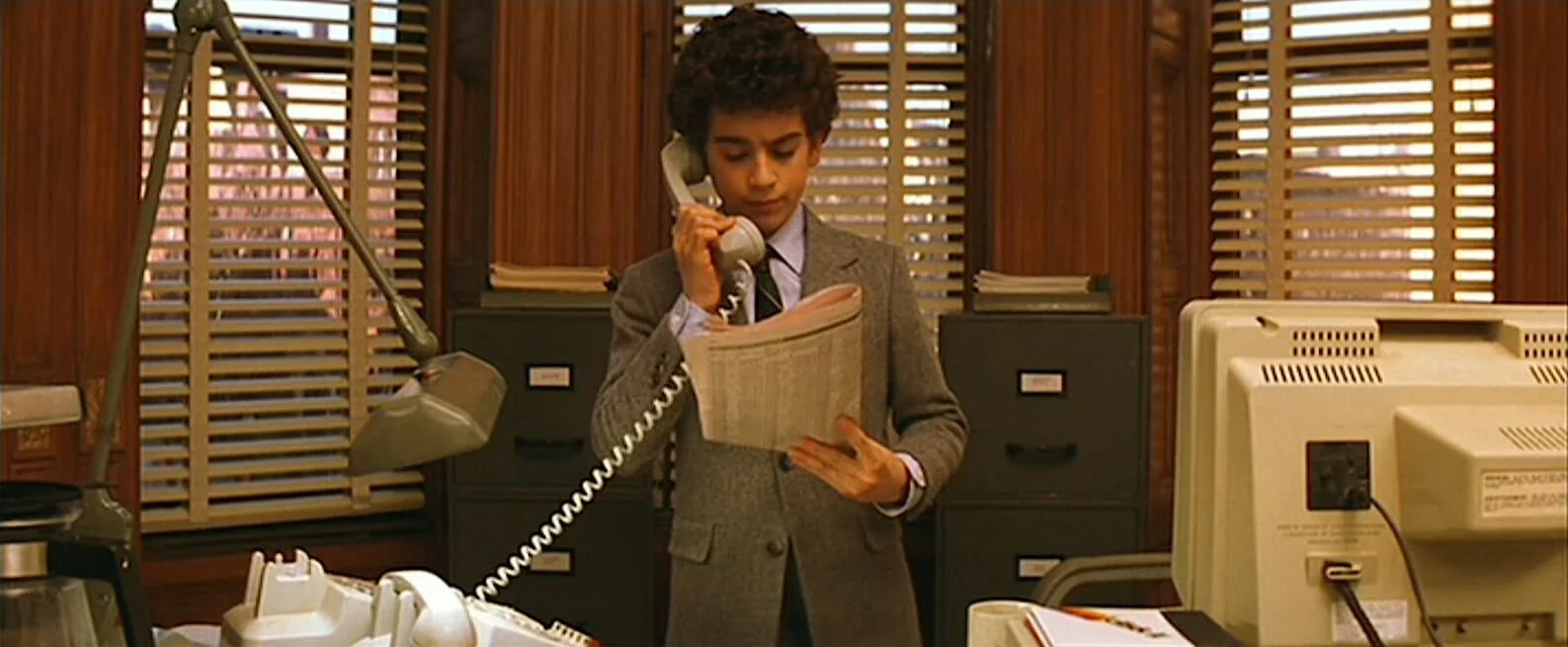
And the rigid businessman is all business.
With these sets designed with mise en scène in mind, the characters' worlds are visualized. But this is only the beginning of how mise en scene in film works. We still need to capture these sets onto film and that's where cinematography comes in.
Related Posts
Mise en scene Elements
Mise en scene and cinematography
As you know, the basics of cinematography include everything related to the capturing of images. The type of camera and film stock used, the lighting techniques, or the camera movement, etc.
One of the most important aspects between mise en scène and cinematography is how you compose the frame. Composition walks hand in hand with cinematography techniques, including the multitude of camera shots and angles.
Being aware of what’s in the frame, and then choosing how to shoot it, is how you control your film’s look.
And if you know anything about Wes Anderson's visual style, you know that composition plays a major role. Where does he place the characters and objects? What does he show? What does he choose not to show?
Even someone who has never seen a film would recognize one key aspect of Wes Anderson’s composition: symmetry.
This creates a strange effect. Instead of feeling like roller coaster rides, Wes Anderson films feel like dollhouses. Everything is perfectly set up and staged.
With composition in place, another consideration of mise en scene and cinematography is lighting. The intensity, depth, and angle of your lighting can all greatly affect the mood of a scene.
The key thing to remember is that lighting is emotional. It depicts a character or situation as joyful or desperate... relaxed or dramatic. In other words, the various lighting techniques will yield various effects.
The Grand Budapest Hotel is vibrant and fun for most of its runtime, and so its lighting is soft and warm. Yet Anderson’s script calls for scenes of violence, and so he adjusts the lighting to match it.
There is a chase scene at the end in which a character is murdered, and the entire scene is shot in shadow.
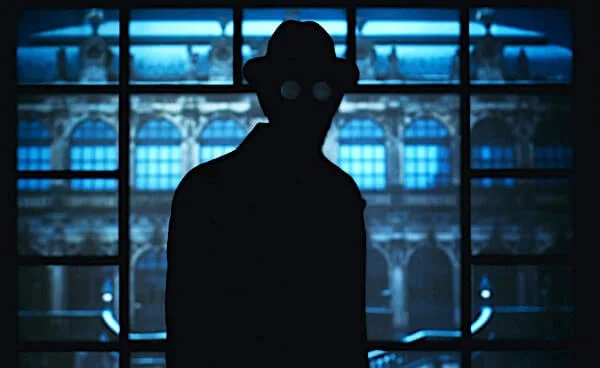
The scariest Jeff Goldblum moment since The Fly
We've designed our sets, chosen our costumes, decided how to use cinematography to capture the image but the last piece comes down to the actors, their performance, and how they move (or not move) in the frame, otherwise known as blocking.
Related Posts
MISE EN SCENE ACTING
Mise en scene and blocking
The last element of mise en scène we’ll cover is blocking. This, of course, refers to the actors’ performances but also how they arranged in the frame and interact with the environment. Creative blocking can give live and energy to a scene that might otherwise seem stagnant.
Since actors are almost always what the audience is paying attention to, their performance and the presentation of that performance are key. How do we capture their behavior, their body language, or their relationship to other characters in the scene?
Directing actors in terms of mise en scene also refers to the actors’ placement in each scene. Here is a video of mise en scene examples illustrating how Kubrick, Spielberg and Iñarrítu use blocking and staging in their visual storytelling.
Blocking and Staging • Subscribe on YouTube
Wes Anderson films are mostly known for their symmetrical shots, but there is yet another lesser-known option.
In The Royal Tenenbaums, the character Margot is the sullen outcast. In almost every shot with a group of people she stands all way in the back or off to the side.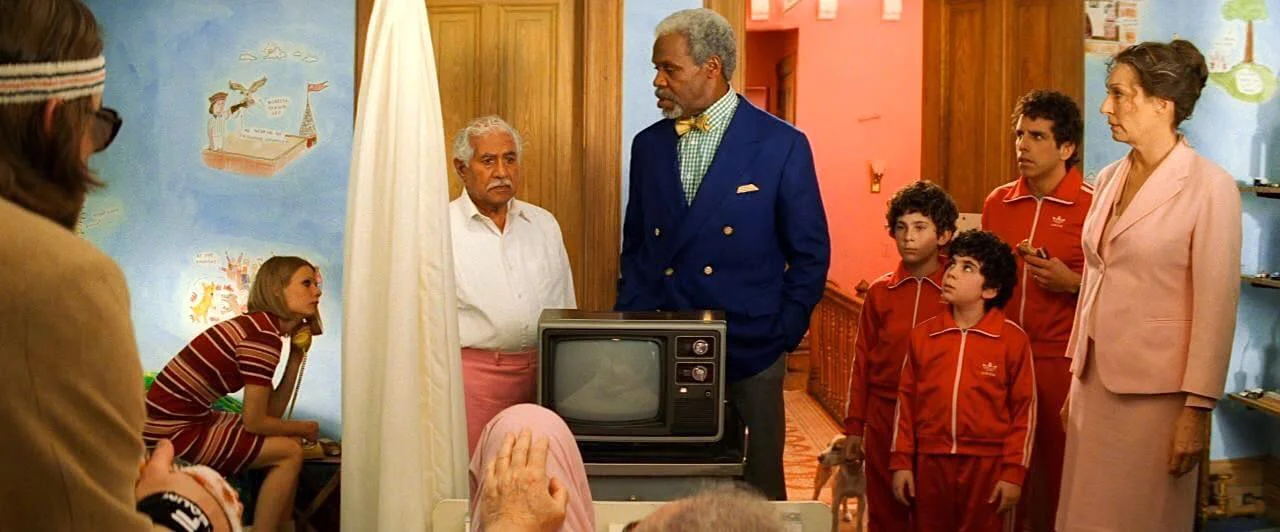
Margot, being awkward on the left
In Life Aquatic, all the characters share a small submarine together at the film’s climax. Where they sit depends on how close they are emotionally to the main character in the center.
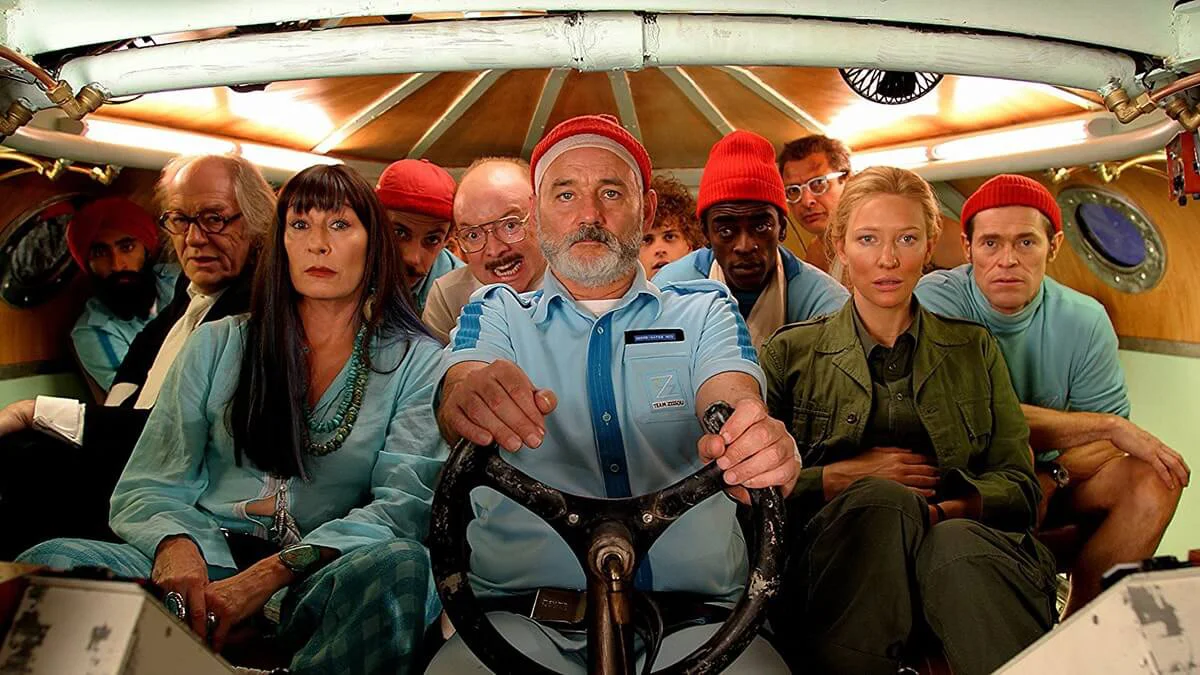
Symmetry brings the group together
Actors standing versus sitting brings a certain level of confidence. Actors smaller in view makes them appear weak. There are too many possibilities to count.
Blocking can have a noticeable emotional effect on an audience when working in combination with the other mise en scene elements. Every director approaches this aspect of their craft differently.
In this example, Francis Ford Coppola relies on blocking and staging to present shifting power dynamics in The Godfather.
Power Blocking in The Godfather • Subscribe on YouTube
Coppola is clearly taking a different approach than a filmmaker like Wes Anderson but that's the beauty of it — there is no "correct" way to tackle mise en scene in film. When you understand how mise en scene works, you'll be able to apply these concepts in any project.
Related Posts
up next
Mise en scene elements in detail
Now that we have a mise en scene definition, it's time to go deeper on how each of the mise en scene elements work independently and in combination. We'll look specifically at common mise en scene elements like props and sets. We'll also cover those elements that aren't so obvious like the effects of shooting on film vs. digital, sound design, and depth of field with mise en scene examples like Mean Girls, Titanic, and Goodfellas. Your deep dive into mise en scene continues now.
Up Next: Mise en scene elements →
Showcase your vision with elegant shot lists and storyboards.
Create robust and customizable shot lists. Upload images to make storyboards and slideshows.
